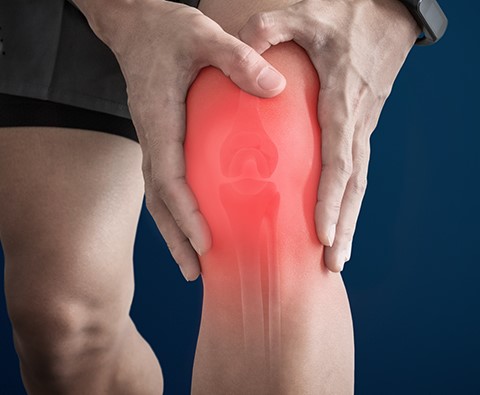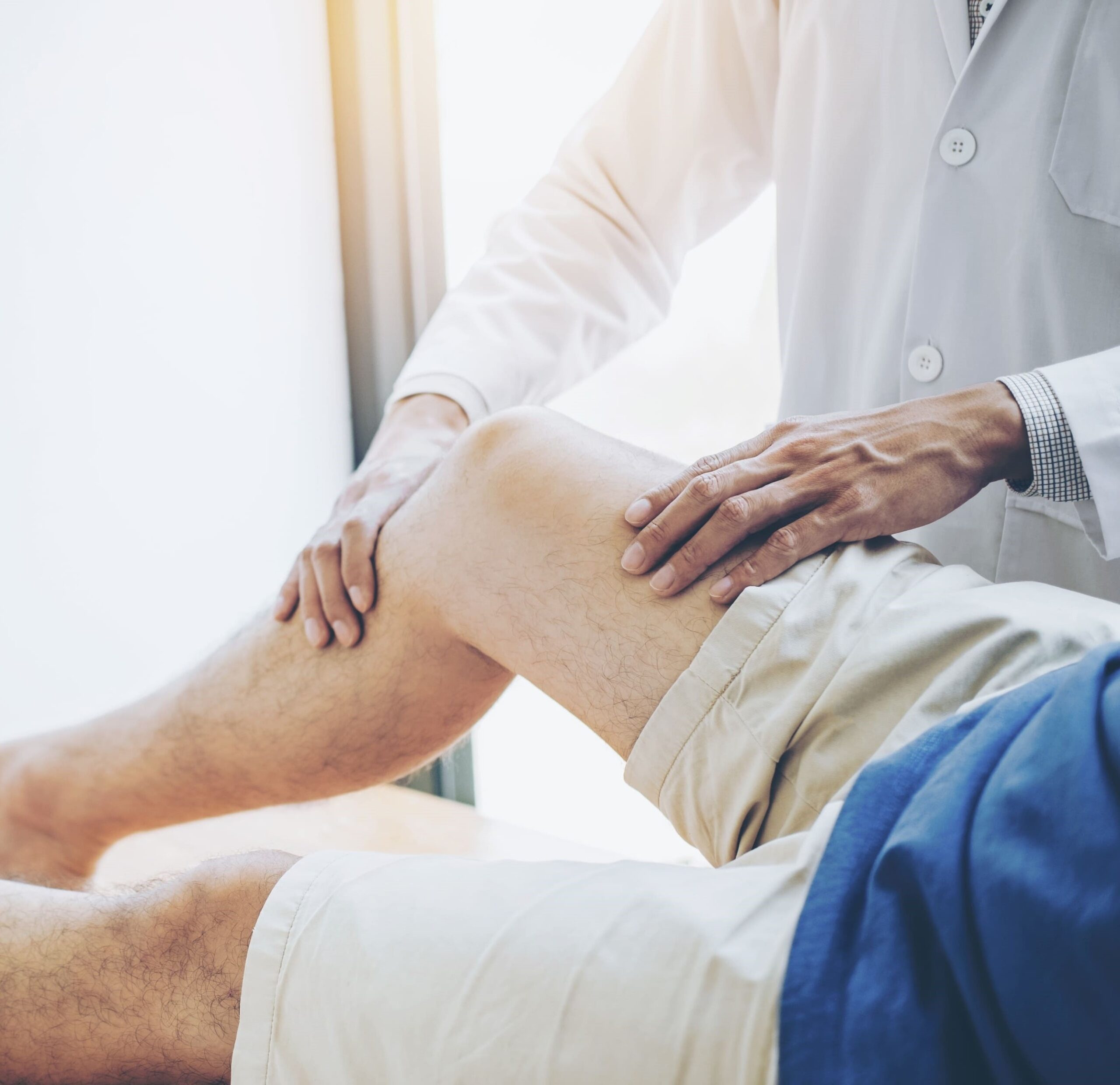Schedule An Appointment With Us
Are Your Symptoms Affecting Your Quality Of Life?
Consult our MOH-accredited knee ligament specialist for a personalised treatment plan.
Combined knee ligament injuries refer to damage to two or more of the major ligaments in the knee joint.
MBBS
MRCSEd
MMED (Ortho)
FRCSEd

Combined knee ligament injuries occur when more than one of the knee’s primary ligaments are damaged. The knee joint comprises four ligaments: the anterior cruciate ligament (ACL) and posterior cruciate ligament (PCL), which control the shin bone’s rotation, and forward and backward movements; and the medial collateral ligament (MCL) and lateral collateral ligament (LCL), providing stability to the knee’s inner and outer parts. When two or more of these ligaments are injured, it results in a combined knee ligament injury. This can severely impede mobility, affecting daily activities and athletic pursuits.
Combined knee ligament injuries can arise from situations including:
The symptoms of combined knee ligament injuries can vary depending on the severity of the injury and the specific ligaments affected.

Diagnosing combined knee ligament injuries involves the following steps:
Though combined knee ligament injuries usually require surgery, in cases where the injuries are milder or in patients whose lifestyles are less physically demanding, non-surgical treatments may be considered.
Surgical intervention is often required for combined knee ligament injuries, especially in severe cases.
This involves the surgical mending or replacement of the torn ligaments. Techniques vary from repairing the ligament to completely reconstructing it using tissue grafts from other parts of the patient’s body or donor tissue. Screws or other fixation devices may be used to anchor the grafts.
In complex cases, multiple surgeries might be necessary to address each damaged ligament adequately.
Preventing combined knee ligament injuries involves various strategies:
Schedule An Appointment With Us
Consult our MOH-accredited knee ligament specialist for a personalised treatment plan.

MBBS
MRCSEd
MMED (Ortho)
FRCSEd
With over 20 years of experience, Dr Poh Seng Yew is an orthopaedic surgeon specialising in hip, knee, shoulder and elbow surgery, sports medicine, and trauma surgery.




Weekdays: 9.00am – 5.00pm
Saturdays: 9.00am – 1.00pm
Sundays and Public Holidays: Closed
Your symptoms shouldn’t affect your quality of life or disrupt daily activities. Reach out to our friendly clinic staff today & schedule a consultation.
Recovery time ranges from several weeks to over a year, depending on treatment type (surgical or non-surgical) and individual factors.
Untreated injuries can lead to chronic instability, secondary injuries, meniscus tears, cartilage damage, and accelerated joint degeneration, potentially leading to osteoarthritis.
Severity is assessed based on the grade of ligament injury (mild sprain to complete tear), the number of ligaments injured, and associated structural damage (like meniscus tears or fractures).
There is a risk of re-injury, especially if post-treatment rehabilitation guidelines are not followed properly or if the individual returns to high-impact activities too soon.
Long-term effects can include reduced knee stability, persistent pain, and an increased likelihood of developing osteoarthritis in the knee joint.
While outcomes vary, with appropriate treatment and rehabilitation, many individuals can regain knee function. The extent of recovery depends on the severity of the injury and adherence to rehabilitation protocols.